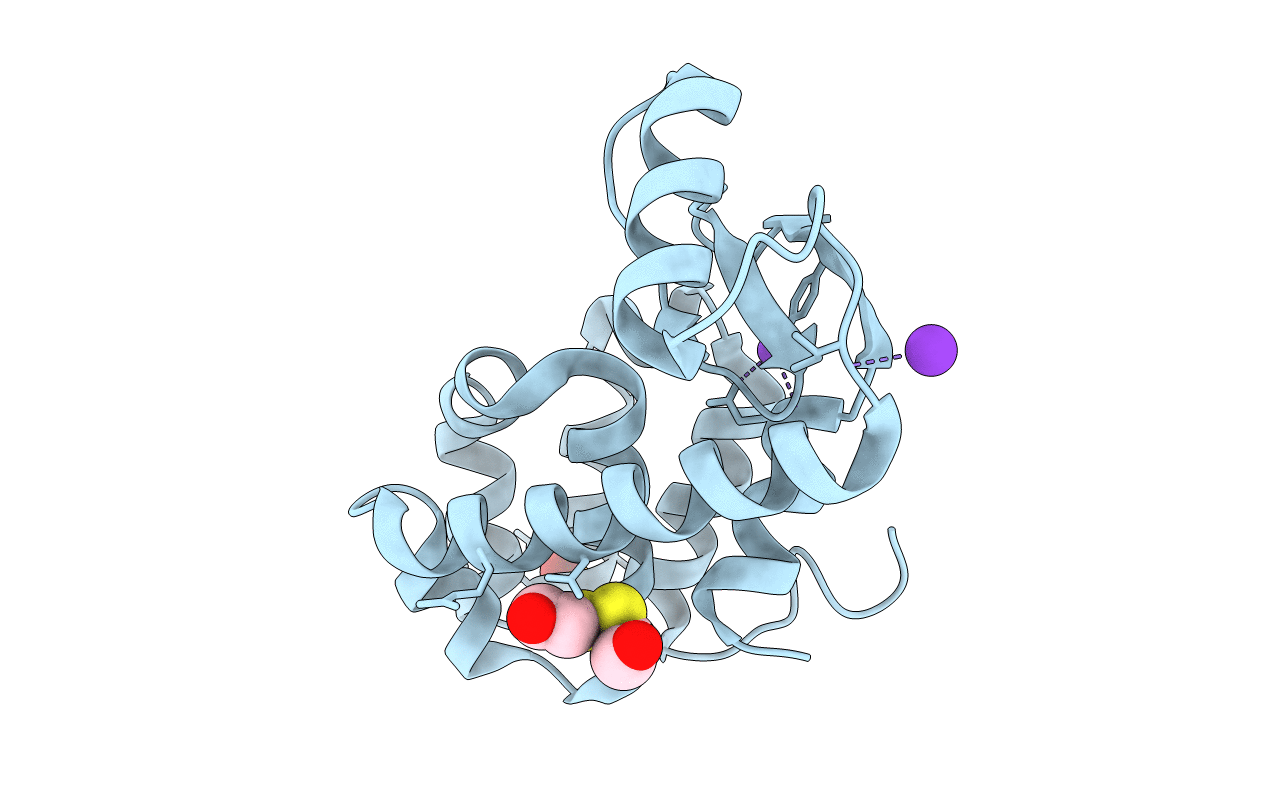
Deposition Date
2008-11-13
Release Date
2009-02-17
Last Version Date
2024-04-03
Entry Detail
PDB ID:
3F8V
Keywords:
Title:
Evaulaution at Atomic Resolution of the Role of Strain in Destabilizing the Temperature Sensitive T4 Lysozyme Mutant Arg96-->His
Biological Source:
Source Organism:
Enterobacteria phage T4 (Taxon ID: 10665)
Host Organism:
Method Details:
Experimental Method:
Resolution:
1.08 Å
R-Value Free:
0.16
R-Value Work:
0.12
R-Value Observed:
0.13
Space Group:
P 32 2 1


